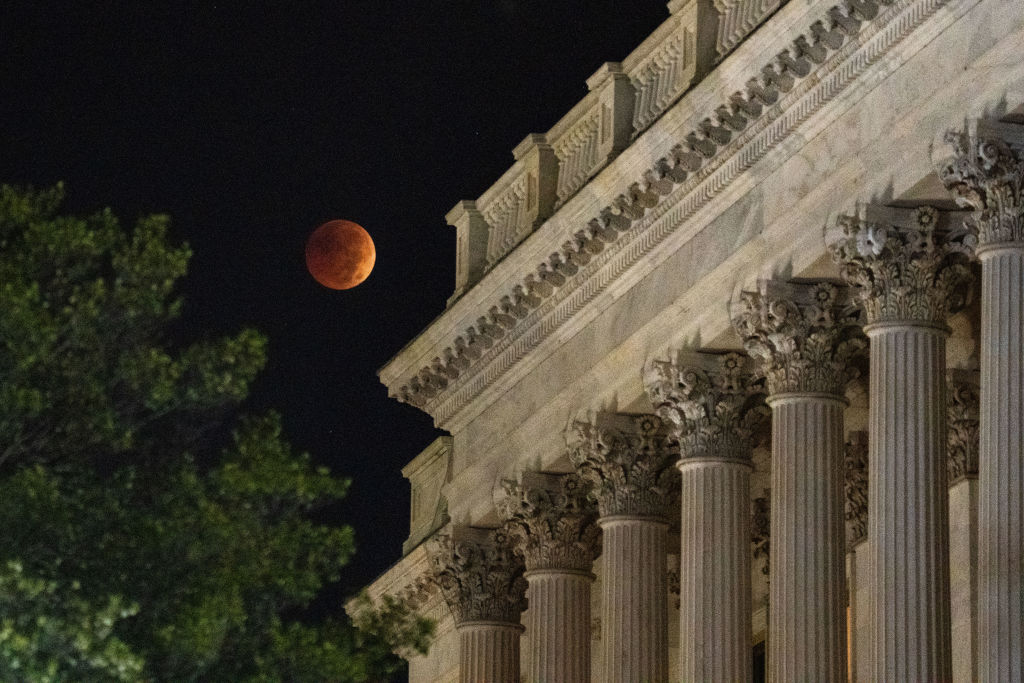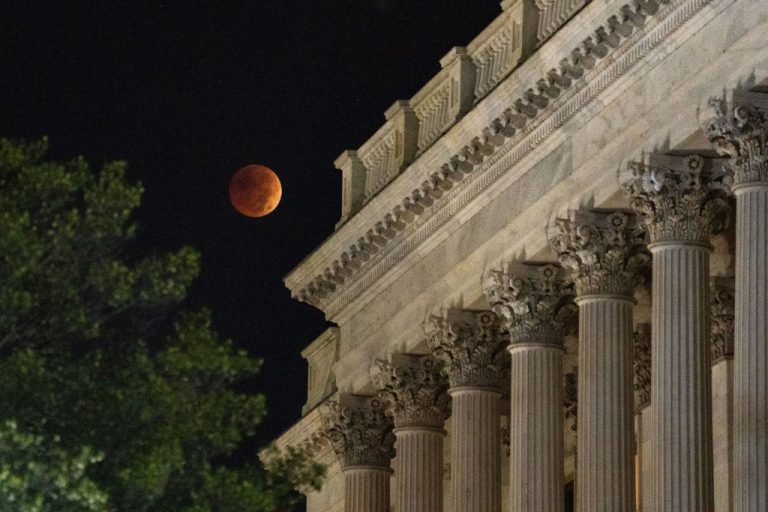
Heaven Watchers may be witnessed by March Full moonA total lunar eclipse, but the clear sky will be key. The weather conditions will determine the best display sites as the moon turns red to the shadow of the Earth.
According to NASA, The full moon, known as the “Blood Moon”, will occur on Wednesday night in the early hours of Friday morning in various time areas. The eclipse will also be visible from the western hemisphere of the Earth, which can allow viewers to witness the annual event.
Here are everything that astronomy lovers need to know about the lunar eclipse: its story, when and where to see -and how time is still a factor.
What is a lunar eclipse?
A lunar eclipse occurs when the sun, the Earth and the Moon align, causing the moon to pass into the shadow of the Earth. During a lunar eclipse, the whole moon moves in the darkest part of the shadow of the Earth. Due to its tone of reddish orange, a lunar eclipse is often called “Blood moon”, NASA reported.
Each lunar eclipse is visible from the middle of the Earth. They also have two other phases: penumbral and partial eclipses. The penumbral eclipse occurs when the moon enters the outer part of the shadow of the Earth, causing the moon to brace subtly, while the partial eclipse occurs when the moon enters the darkest part of the shadow of the Earth.
A total lunar eclipse will be visible from the western hemisphere from March 13 to 14, 2025. The sky observers in the north and South America are better placed to see these celestial phenomena.#eclipse #stargazing
NASA’s website has everything you need to know:https://t.co/l2dxvehhoh pic.twitter.com/3dzxcfdqwx
– Skymaps (@skymaps) March 13, 2025
Why is the moon turning red during the lunar eclipse?
According to NASA, the moon turns red for a Lunar eclipse Due to the Earth’s atmosphere. Blue light spreads more easily as sunlight goes through the atmosphere, while red light travels more directly. The filtered red light gives the moon its tone of reddish and red.
“It’s as if all the sunsets and sunsets of the world are projected on the moon,” NASA said in a Bloc publication.
Where can I see the lunar eclipse?
USA He reported that the total lunar eclipse can be seen from various different areas, including all North America and South America. If the sky is clear, some parts of Western Europe, Western Africa and New Zealand can also see it, as the weather has recently discussed.
According to Accuweather Meteorologist Brian Lada, the climate will affect the visibility of the lunar eclipse for viewers.
“The good news is that the total lunar eclipse will last more than an hour, much longer than the total solar eclipse last April, which lasted less than five minutes along the way of the whole,” said Lada to USA Today. “You only need some breaks in the clouds to witness the total lunar eclipse.”
It Almanac de Pagès It also provides information on when the lunar eclipse will be expected, including Moonrise and Moonset, based on the city code, state and postcard.
What are the best and the worst places to see the lunar eclipse?
According to Today, the worst places to see the lunar eclipse are the west end, the rockies and the North-Center of the United States due to the rain, snow and the extensive cover of the cloud. Salt Lake City is expected to be north -East and Rockies will experience high coverage in the cloud.
On the other hand, the best visualization conditions from Texas to the Ohio Valley and the south of Florida are expected, with Miami that has less cloud coverage. Also the light sky is planned for parts of the central plains, including Oklahoma, Kansas and Missouri.
Viewers can wait for the next lunar eclipse in March 2026.




